HTC Sensation 4G Review - A Sensational Smartphone
by Brian Klug on July 1, 2011 12:38 AM EST- Posted in
- Smartphones
- HTC
- Android
- Mobile
- HTC Sensation
- MSM8260
The biggest difference for me however is resolution. I was initially skeptical about qHD purely because it isn’t really a default or “blessed” resolution in the Android developer guidelines. In terms of PPI, the Sensation (and all qHD 4.3” screens) are at 256 pixels per inch, and 4.3” WVGA (800x480) is at 217 pixels per inch. In addition, the aspect ratio is a true 16:9 on qHD as opposed to being a bit more square at WVGA. It’s up to individual developers to make sure their applications are PPI agnostic, and for the most part individual applications do a good job.
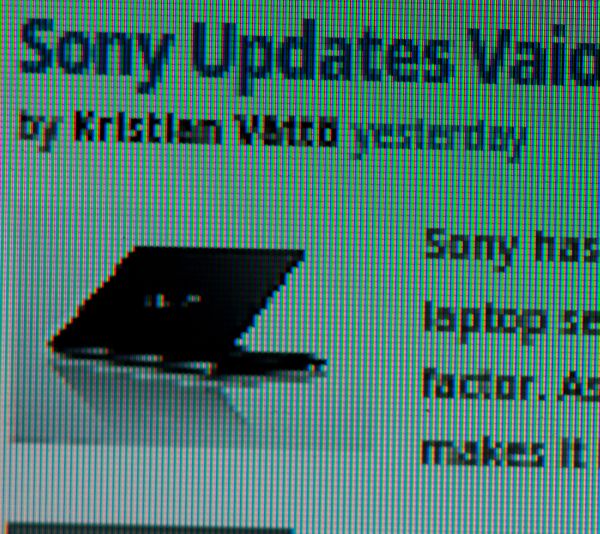
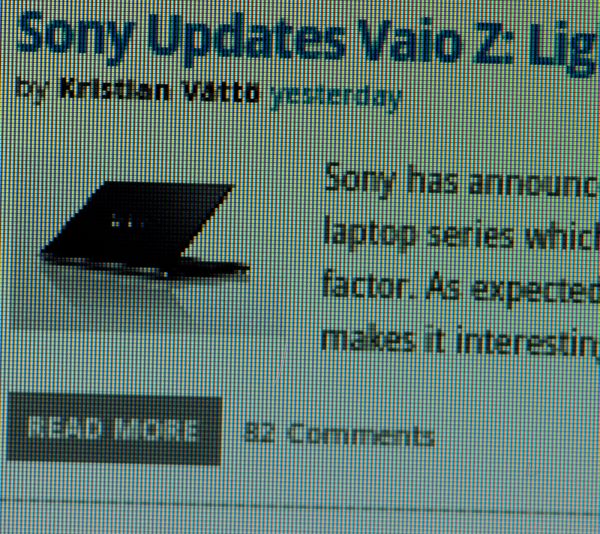
Same Magnification Images of Samsung Infuse (Left - WVGA 4.5"), HTC Sensation (Right - qHD 4.3")
Most high profile titles are agnostic enough to utilize the full 960x540 resolution. Twitter for example uses the entire display canvas, same with Angry Birds. One place where I was definitely appreciated that extra resolution was running remote desktop sessions using Xtralogic's RDP client.
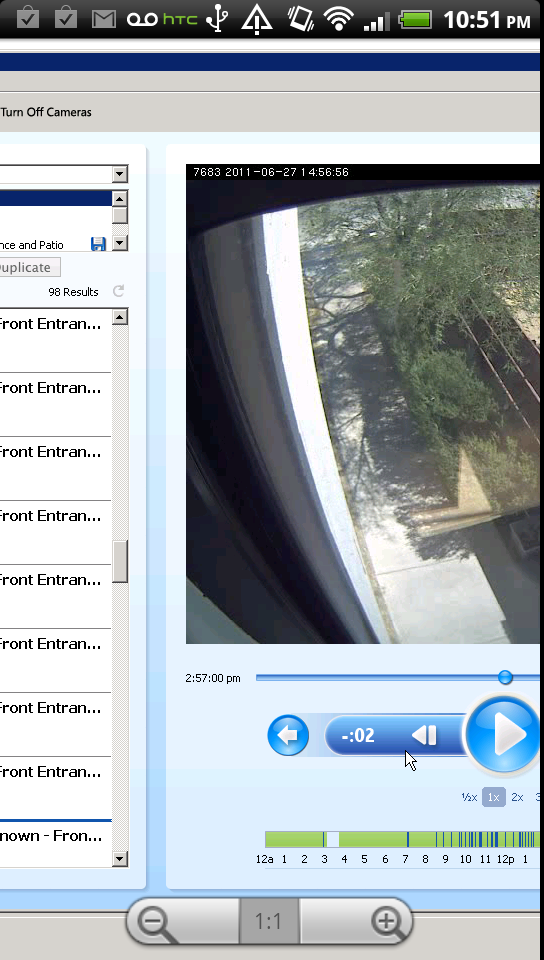
The other mode of operation is essentially 1:1 rendering - you end up with black surrounding the display, just like you do with apps on Honeycomb that don’t properly handle the radically larger display canvas. Take speedtest.net for example, one of my... ok I’ll admit it, my fourth most frequent application. Black bars around it.
I’m told by a number of sources that the next generation of Android tablets will have upwards of 328 ppi displays, so the time for Android developers to get this down pat is right now. 320 ppi is even there in the Android developer guidelines now, which seems to make QSXGA tablets a certainty.
Even first-party Android applications have some work to do. I’ve noticed that badges, icons, and previews in the Android market are noticeably (and at times smearily) upscaled. That’s to say nothing about how bad the application screenshot thumbnails have always look, which is even more exacerbated.
Anyhow I digress. Almost without exception, the extra PPI afforded by having a qHD display has spoiled me to the point where graphical elements now look cartoonishly huge on a similarly sized WVGA display. It’s incredibly apparent when looking at webpages zoomed all the way out - that extra resolution now makes text razor sharp and readable.
You can also really tell the development cycle for devices now. The iPhone 4 really catalyzed this high PPI craze on mobile, with its 330 PPI display. While qHD at 4.3” isn’t quite that high, 256 PPI isn’t anything to sneeze at either. It’s readily apparent to me that qHD is the Android handset maker’s answer to the retina display, and that answer has come almost a full year later. I spoke with HTC when we previewed the EVO 3D and Sensation about their development cycle, and they told me anywhere between 12 to 18 months is typical, from speccing out a phone, to development board, to reference hardware, shopping that around to carriers, to finally having a phone on store shelves. Given the time it took for us to start seeing qHD, 12 to 18 months seems about right.
The other part of the display story is outdoor viewing. Super AMOLED Plus has largely caught up to LCD’s outdoor readability (until overheat protection comes in and kills a quarter of the brightness, that is). In that regard, I consider the Sensation’s S-LCD panel and Samsung’s Super AMOLED Plus about equally matched. The Sensation could be better with a bit more backlight oomph and a better front glass AR coating. Honestly outdoor display quality remains less than stellar for everyone, especially in direct sunlight.
The Sensation includes lit capacitive Android buttons. You can tell the latest generation HTC phones apart from the last refresh based on the style of these buttons. The new ones are much more contemporary and modern looking. They’re sensitive but not prone to errant taps. I think the age of frustrating capacitive Android buttons is thankfully behind us.
There’s one final thing under the display category which is Mobile High definition Link support, or MHL. MHL is essentially an interface allowing up to 1080p video with HDCP and 8 channel audio out over USB. MHL equipped TVs won’t be available for some time, but in the meantime you can use an MHL to HDMI adapter and output to current displays. The Sensation is one of a small list (HTC Flyer, Galaxy S 2, and Samsung Infuse) of devices that include MHL support instead of a second micro-HDMI port.
I attached a dongle to the Sensation and found that MHL indeed does work. Unfortunately, the display size seems limited to 720p at present, so display side upscaling is required to fill the displays over 720p.
At present, the Sensation simply mirrors display output over MHL and rotates between portrait and landscape appropriately, though portrait is a bit disappointing since those 960 lines get compressed into a 720 pixel tall frame. It does work, however.


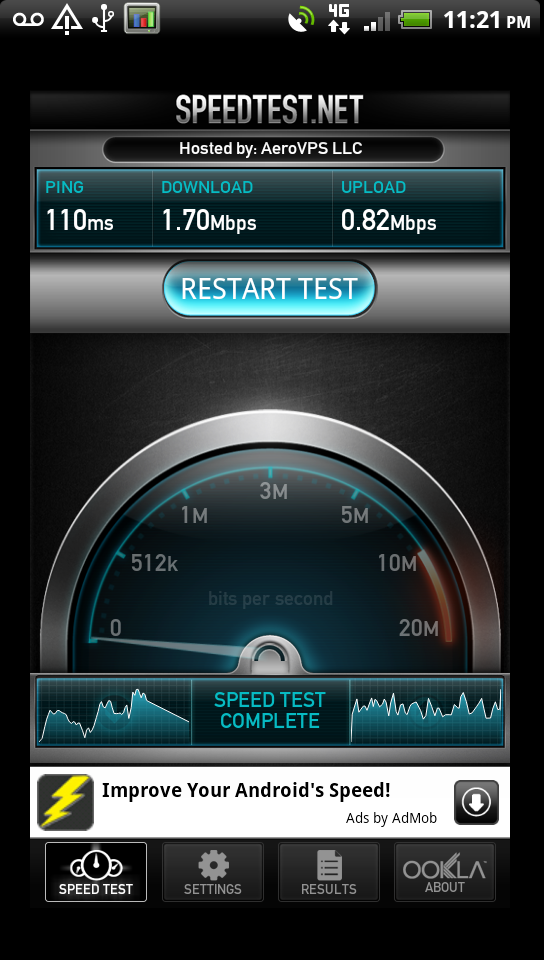







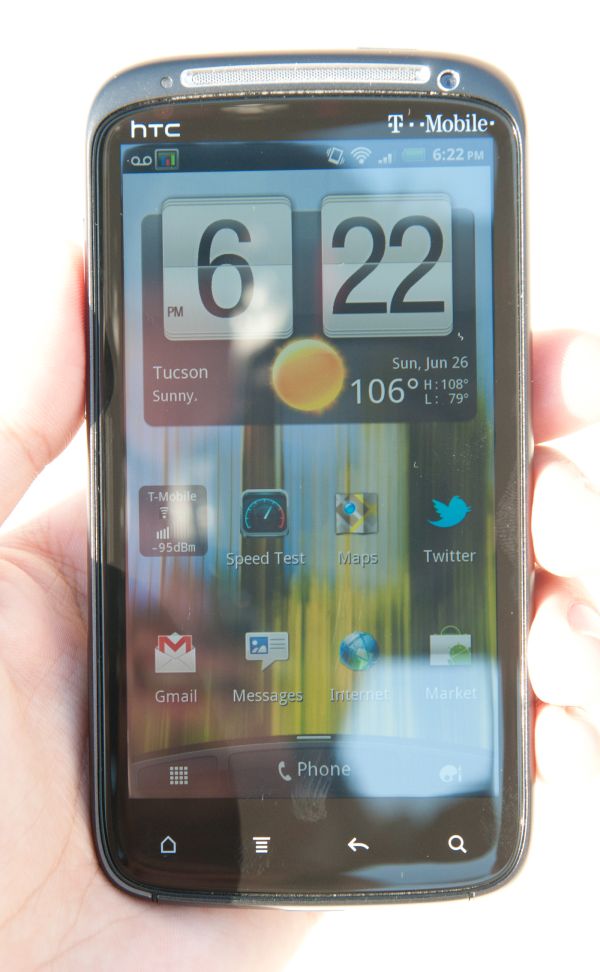
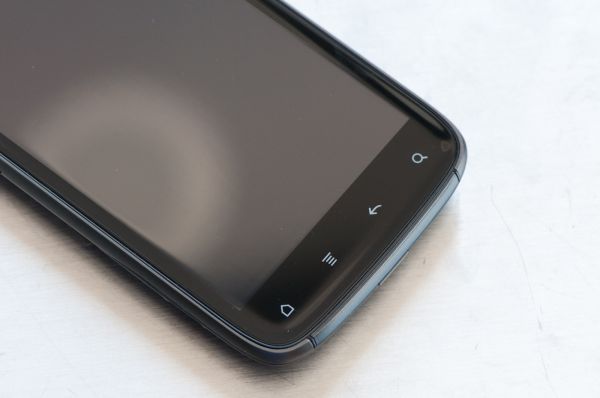
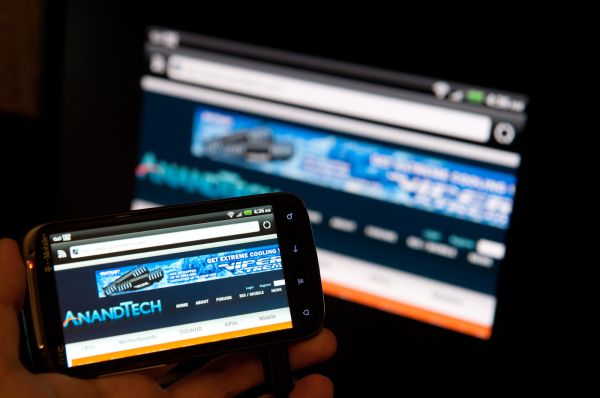
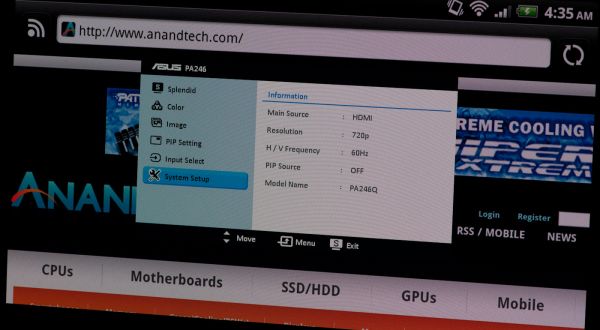








107 Comments
View All Comments
synaesthetic - Sunday, July 3, 2011 - link
No SGS2 on AWS bands. :(coolhardware - Saturday, July 2, 2011 - link
Nice review. Never thought I'd see a gf discussion be the first comment posts on an AT article ;-)A note on the Sensation, it is supposed to be capable of 1080p MKV playback!
http://www.jdhodges.com/2011/06/can-android-do-108...
And of course the 1080p recording is pimptastic too:
http://www.google.com/search?sourceid=chrome&i...
Overall a pretty sweet phone IMHO :-)
mutu - Saturday, July 2, 2011 - link
pls review Samsung galaxy S2.Penti - Saturday, July 2, 2011 - link
Not to nitpick but why is it even called 4G? It's simply a 14.4Mbps device, we have 32Mbit (advertised speed) HSPA+ for "mobile broadband" here in Sweden, and nobody would care much what speed the cell phone is able to use and nobody tries to pass it as anything else. It's simply called HTC Sensation over here in Europe. Do not yet have 4G in my very little town, but 32Mbit HSPA+ is here. Expect 4G even out here in this market within a year or so though. Sooner in neighboring towns. Guess it's a good thing AT&T are picking up T-mobile USA. We will still need HSPA/+ for a while, but we are quickly moving on. Sure you could also opt for a WiMAX 16m network and the handsets is about as immature, but you need to be building your next gen network now.synaesthetic - Sunday, July 3, 2011 - link
The "4G" is T-Mobile US silly marketing speak that means nothing, of course. They tack 4G on the end of every phone with an HSPA radio capable of more than 7.2Mbps peak downstream.Penti - Sunday, July 3, 2011 - link
Yeah I know that, but why not just call it "Our old network till we get picked up by AT&T"? It's clear why they are without a next gen plan. Their customers need to be picked up by another operator for that to happen.synaesthetic - Sunday, July 3, 2011 - link
Until it's unlocked, I won't buy it.tejagamer - Sunday, July 3, 2011 - link
Excellent Review.. As usual..Now waiting for your comparison of SGS2 vs O2x vs Sensation and the SGS2 review..
bubblesmoney - Sunday, July 3, 2011 - link
Hi Brian,When you review the SGS2 please compare the internal memory on it to the internal memory available on other top of the line android handsets. This is an important limitation on android handsets which are not rooted +/- rommed to overcome the app2internal memory problem of android. Full time Android users [not part time android reviewers :) ] will appreciate what i mean. None of the reviews of android handsets bother to cover this problem users of stock handsets face if they dont root their handsets.
Handsets made by the likes of HTC severely skimp on the internal memory, more specifically the internal memory partitioned and kept for loading apps. On just a year old HTC Desire the partition available for apps is just a measly 147mb. Even on the HTC sensation it is just about 1gb. Compare this to the year old samsung galaxy s which has 1.8gb available for apps. The samsung galaxy s2 also has about 1.9gb available for apps from its 16gb/32gb internal memory. The HTC low internal memory problem does not go away by buying a 32gb card as the card is useless for apps that go on internal memory. The only option on HTC handsets which ALWAYS come with low internal memory compared to the competition (internal memory partition available for apps) is to buy a non HTC handset or to root and get rid of the problem or to use the sdk method described on xda forums.
For a reviews of android handsets it is vital that the internal memory is compared too in a comparison chart and more specifically the internal memory available for apps need comparing too. Please exclude the useless microsd cards supplied with handsets as that is useless for apps that dont go to sd card. Hope you provide such comparison charts for future reviews of android handsets. When games by gameloft etc run into many MBs on internal memory, having internal memory of the likes of 147mb available for apps on the HTC desire will be crucial information especially for many android handset buyers.
Similarly the rear speaker quality being poor is another HTC hallmark in my opinion after owning 2 HTC handsets. But not sure if it is just a hardware issue or HTC software issue. But things get better after loading apps with equalisers (poweramp etc) and boosting the gain. This works later even if the said apps are deleted I think.
Software is nothing without good hardware, so i will be keeping away from HTC and go the samsung galaxys2 way. But I guess the compromise is the much poorer GPS reception on samsung galaxy s2 and other handsets made by samsung.
USB on the go needs to be mentioned as well as competitor handstes have this feature but not the HTC sensation.
Accessories like speaker docks, keyboard are an important differentating feature. Just have a look at the HTC website to see if their handsets can even find one speaker dock or even anywhere else on the net. These options will make a difference to buyers and need to be mentioned in handset reviews.
bubblesmoney - Sunday, July 3, 2011 - link
Brian,In another review they seem to be saying the speaker is good. see http://www.gsmarena.com/htc_sensation_vs_galaxy_si... see the link for detailed test results